10 Considerations to Identify
Medium voltage drives have been available for over 35 years, but have only recently achieved very high reliability and simplicity within the past few years. Below are 10 considerations on how I would go about specifying and selecting a very high quality medium voltage drive based on my 35 years of experience with several different suppliers and as Director of Engineering for a large steel company.
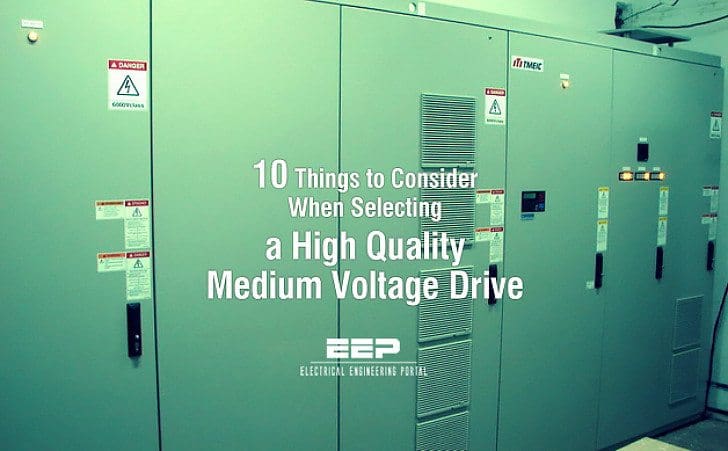
1. Harmonics
Variable Frequency Drives are the number 1 cause of power quality problems. They “inject” high frequency noise into the power grid and can cause multiple power problems as well as legal liability since this high frequency noise travels over the power lines to neighboring facilities.
The universally accepted utility standard for this is IEEE 519 “IEEE Recommended Practices and Requirements for Harmonic Control in Electrical Power Systems”.
This standard requires that Total Harmonic Current Distortion (THID) be limited to certain levels depending on the Utility short circuit levels.
2. 24-pulse
In order to accomplish the above, I would require either a 24-pulse (or higher) converter or an active front end. Some may try to sell 6-pulse, 12-pulse, 18-pulse, or filters to reduce the harmonic problems. These are band-aids to reduce manufacturing cost and achieve a low-cost solution.
Compromising in this way saves very little, but can cause plenty of problems down the road.
3. Power Factor
For reasons similar to the above, I would require that “TRUE Power Factor” be 95% or higher at all speeds and all loads above 10%. This will prevent utility penalties and problems with voltage drop and other deleterious effects on the utility system.
Simply put, it keeps you out of trouble.
4. Voltage Source
Require a voltage source inverter. There are still some antiquated manufacturers pedaling a current source inverter. These inverters have low power factor, high harmonics, and can damage motor insulation. Most major manufacturers have discontinued this 1980’s technology, but some are still trying to sell these drives.
5. Isolation Transformer
Require an isolation transformer. Some manufacturers try to skimp by and eliminate this important device. We have seen many motor failures and other problems where isolation transformers are not used.
6. 4160V
The best voltage to use on the input of the drive is probably 4160, depending on the utility. But, that doesn’t mean that the motor needs to be 4160. I would leave the motor voltage to the discretion of the drive manufacturer.
7. Service Capabilities
In my analysis, I would find out the number of service engineers in the United States that are trained, full-time service engineers, who can work on this equipment.
8. Reliability
Reliability tends to be a difficult thing to evaluate as all suppliers will claim highest reliability. The TMEIC Dura-Bilt drive has a Mean Time Between Failure (MTBF) of 16 years.
Any manufacturer can claim MTBF to be anything they want, so it tends to be a liars contest. But there really are vast differences. One way to learn is to talk to customers. Another is to look at the construction. One that I use is to look at the device ratings versus the drive ratings.
For instance, if one manufacturer uses 100A transistors on a 60A drive and another uses 70A transistors on a 60A drive, then it is pretty clear that the 100A transistors are going to have higher reliability. It is also pretty obvious that if the devices are conservatively rated, then the whole drive will be conservatively designed.
This takes a little effort to find out, but is worth it.
9. Manufacturer
Who is the manufacturer? How long have they been in business? How many drives to they have in service? What is their reputation?
10. Engineering Support
Regardless of the manufacturer, you need to determine who is going to provide application and engineering support throughout the life of the project, including design, installation, commissioning, and into the future. Are they knowledgeable? Are they available? Are they responsive? Are their engineering and service people experienced and competent?
And maybe most importantly, always make sure that your engineering support has the ability to evaluate the entire system and not just the drive.
To add at the end…
These 10 considerations are a good starting point, but each application will be different, with different factors and issues to overcome. In my experience, the best thing you can do is to plan ahead and make sure that you consider all your options.
Medium Voltage drives do not have to be complicated, in fact, hopefully they will only only improve in their simplicity and reliability in the years to come.
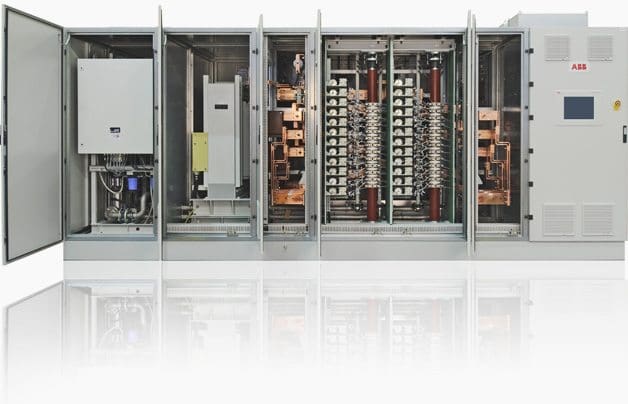


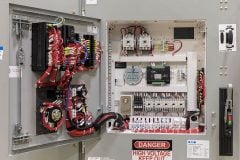
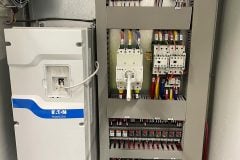





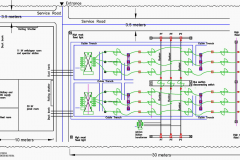

It is true that vast majority of low voltage and medium voltage drives today are of voltage source inverter type. This is mainly due to low cost of mass produced IGBT semiconductors.
However, why is current source inverter considered as dangerous for motor insulation? It is voltage source inverter that switches voltage steps towards motor. Current source inverter will probably have more distorted motor current, but the voltage is more smooth. Current source inverters do not have any high dv/dt (steep voltage rise).
I say this just for correctness. I work for a leading MV drives manufacturer and most of our products are voltage source inverters, although we have also current source inverters in our portfolio.
Nice article ever. Also most knowledgeable .. Need Quite Effective with Trend & Graphs , relate to Characteristic Behaviour ..
Congrats Craig! Straight to the point!
I would like to add the following in addition to these ten points.
1. Power Quality related information on the MV Drive
2. Dynamic response of the Drive; Steady State & Transient response
3. Load behavior with regard to the Drive characteristics, particularly on Inductive loads
4 Drive Protection information
Great advices Craig, thanks! Expirience speaks the best ;)